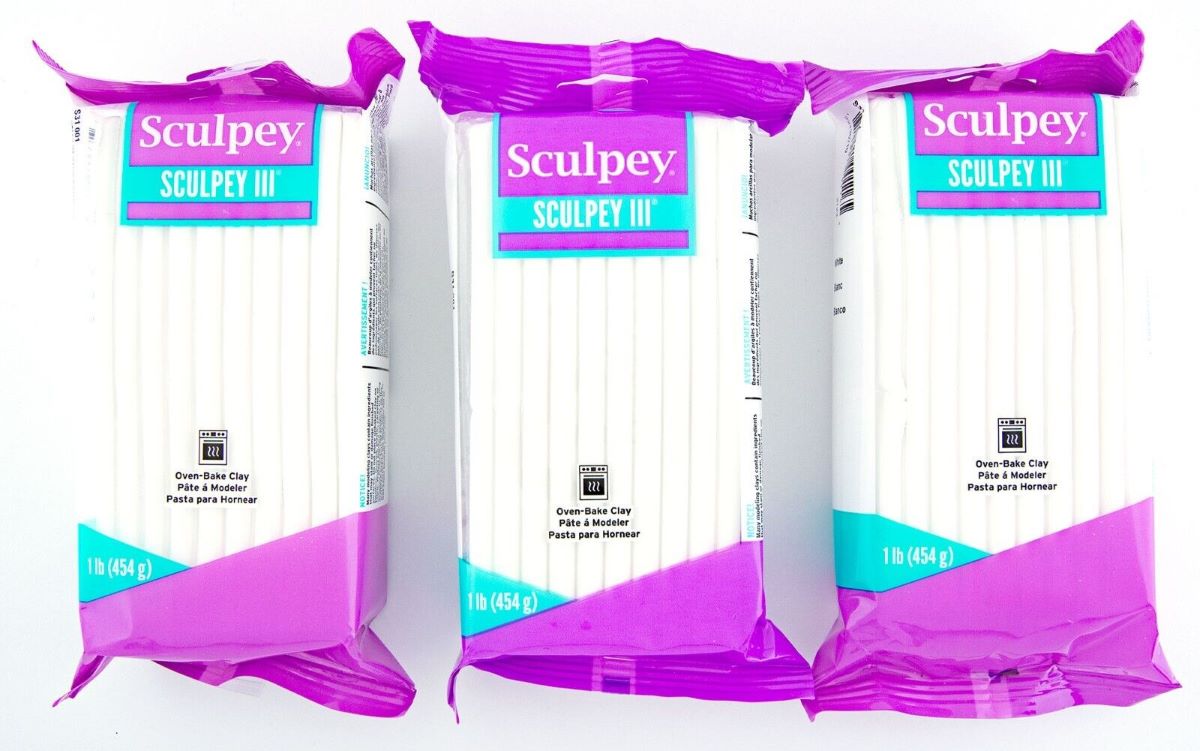

Articles
How To Store Sculpey Clay
Modified: December 7, 2023
Learn the best techniques for storing Sculpey clay in this helpful guide. Discover tips and tricks for preserving your clay for future art projects.
(Many of the links in this article redirect to a specific reviewed product. Your purchase of these products through affiliate links helps to generate commission for Storables.com, at no extra cost. Learn more)
Introduction
Storing Sculpey clay properly is essential to ensure its longevity and maintain its workability. Whether you are a beginner or an experienced clay artist, learning how to store Sculpey clay will help in preserving its quality and preventing any mishaps like drying out or getting contaminated. By following the right storage techniques, you can ensure that your Sculpey clay remains fresh, pliable, and ready to use whenever inspiration strikes.
In this article, we will guide you through the process of storing Sculpey clay effectively. We will cover everything from choosing the right storage containers to wrapping individual clay pieces and storing different colors separately. So, let’s dive in and discover the best practices for storing Sculpey clay!
Key Takeaways:
- Properly storing Sculpey clay is crucial for maintaining its freshness and workability, ensuring vibrant and pliable clay for future creative projects.
- Choosing the right storage containers, cleaning and drying the clay, and storing different colors separately are key practices for preserving Sculpey clay’s quality and longevity.
Read more: How To Store Clay
Choosing the Right Storage
When it comes to storing Sculpey clay, it is crucial to choose the right storage containers. The goal is to keep the clay away from excess air, moisture, and dust to maintain its fresh and pliable condition. Here are a few options to consider:
- Airtight Containers: Look for containers that can be sealed tightly to prevent air and moisture from entering. Plastic containers with a snug-fitting lid or glass jars with rubber seals are excellent choices. Make sure the container is large enough to hold your clay pieces comfortably.
- Ziplock Bags: If you have small or individual clay pieces, you can store them in ziplock bags. These bags provide airtight protection and are perfect for keeping the clay separate and preventing colors from mixing.
- Storage Drawers: If you have a larger collection of Sculpey clay, investing in storage drawers or organizers specially designed for art supplies can be a convenient option. Look for drawers with dividers to keep different colors and sizes of clay separate.
Remember to choose storage containers that are clean and free from any residue or chemicals that could potentially affect the clay. It is also a good practice to dedicate specific storage containers solely for your Sculpey clay to avoid cross-contamination.
Additionally, consider the space where you will be storing your clay. Ensure that the storage area is cool and dry, away from direct sunlight, and free from temperature fluctuations. Extreme heat or cold can impact the clay’s consistency and cause it to harden or become brittle.
By selecting the appropriate storage containers and maintaining the right conditions, you can prolong the shelf life of your Sculpey clay and ensure it remains in optimal condition for your creative projects.
Clean and Dry Your Clay
Before storing your Sculpey clay, it is essential to ensure that the clay is clean and dry. Cleaning the clay not only removes any dirt or debris but also helps to prevent any potential contamination that could affect the clay’s quality.
To clean your Sculpey clay, start by breaking off any portions that have been in contact with dirty surfaces or have accumulated dust. Use a clean and smooth surface, such as a ceramic tile or glass cutting board, to roll the clay and remove any impurities. Gently knead the clay to smooth out any imperfections and ensure it is free from any foreign particles.
Once the clay is clean, make sure it is thoroughly dry before storing it. You can achieve this by leaving the clay exposed to air for a few hours or, if you’re in a hurry, by using a hairdryer on low heat to speed up the drying process. Avoid using high heat, as it can cause the clay to become too soft or even melt.
Ensure that the clay is completely cooled and hardened before proceeding to the next step. Trying to store wet or damp clay can lead to mold growth, discoloration, or a change in texture, compromising the quality of the clay.
By taking the time to clean and dry your Sculpey clay properly, you can prevent any potential issues or contamination and ensure that your stored clay remains in optimum condition for future use.
Wrapping Individual Pieces
When storing Sculpey clay, it’s essential to protect each individual piece to ensure its longevity and prevent any damage or contamination. Wrapping the clay helps to create a barrier against air, moisture, and dust, preserving its freshness and pliability. Here’s how you can wrap individual pieces of Sculpey clay:
- Start by preparing a clean work surface. It’s best to use a non-porous surface like a ceramic tile or glass cutting board.
- Take a small piece of plastic wrap or wax paper and place it on the work surface. The size of the plastic wrap should be large enough to completely enclose the clay piece.
- Gently roll the clay into a smooth ball or log shape. If you have a more intricate design or sculpture, carefully fold the clay into the desired shape.
- Place the clay piece in the center of the plastic wrap or wax paper.
- Fold the plastic wrap or wax paper over the clay, covering it completely. Make sure to seal the edges tightly to prevent any air or moisture from entering.
- If you’re working with multiple small clay pieces, you can wrap each one individually or group them together if they are similar in color or shape.
Once your clay pieces are wrapped, place them in the chosen storage container, such as an airtight container or ziplock bag. Make sure to arrange them in a way that minimizes contact between different colors to prevent any color transfer or mixing.
By wrapping each individual piece of Sculpey clay, you create a protective barrier and maintain the quality and freshness of your clay for future use.
Store Sculpey clay in a cool, dry place away from direct sunlight and heat sources. Keep it in an airtight container or resealable bag to prevent it from drying out.
Using Ziplock Bags
Ziplock bags are a convenient and effective way to store individual pieces of Sculpey clay. These sealed bags provide an airtight environment that keeps the clay fresh, prevents it from drying out, and protects it from dust and contamination. Here’s how you can use ziplock bags to store your Sculpey clay:
- Ensure that your Sculpey clay is clean and dry before placing it in a ziplock bag. Refer to the previous section on cleaning and drying your clay.
- Take your clean and dry clay piece and gently place it into a ziplock bag. If you have multiple pieces, you can store them individually in separate bags or group similar colors or shapes together.
- Before sealing the bag, use your fingers to remove any excess air trapped inside. This helps create a tighter seal and minimizes the chance of air exposure.
- Once the air is removed, seal the ziplock bag completely. Ensure that the bag is tightly sealed to prevent any air or moisture from entering.
- If you have larger pieces or want additional protection, you can wrap the individual clay piece with plastic wrap or wax paper before placing it in the ziplock bag. This adds an extra layer of protection against air and moisture.
- Label the ziplock bag with the color or type of clay inside. This makes it easier to identify the contents without having to open each bag.
After sealing the ziplock bags, it’s best to store them upright in a storage container to prevent any accidental damage or squishing of the clay pieces.
Using ziplock bags to store your Sculpey clay provides a convenient and organized method to keep your clay pieces separate, clean, and in optimal condition for your next creative project.
Read more: How To Store Clay Bar
Storing Different Colors Separately
When working with Sculpey clay, it’s common to have multiple colors in your collection. To maintain the integrity of each color and prevent them from mixing or transferring, it’s important to store different colors separately. Here are some tips for storing different colors of Sculpey clay:
- Before storing, ensure that each color of clay is clean and dry. Refer to the previous section on cleaning and drying your clay for detailed instructions.
- Group similar colors together. This helps to keep the clay organized and makes it easier to locate specific colors when you need them. For example, you can store all shades of blue in one container or bag, reds in another, and so on.
- Consider using separate storage containers or ziplock bags for each color group. This prevents color transfer and minimizes the risk of accidental mixing.
- Label each storage container or bag with the color name or code. This makes it easier to identify and access specific colors without opening each container. You can use labels, colored stickers, or write directly on the container with a permanent marker.
- If you have a large collection of clay colors, you might also consider using storage drawers or organizers with dividers. This allows for easy separation and access to each color.
Properly storing different colors separately not only helps to preserve the vibrancy and purity of each color but also saves you time and frustration when searching for a specific color for your projects.
Remember to keep the storage area clean and free from any residue or dust to prevent contamination. Also, avoid placing dark and light colors together, as some pigments can transfer and stain other colors.
By implementing these guidelines, you can maintain the individuality of each color in your Sculpey clay collection and ensure that they stay ready for use whenever inspiration strikes.
Additional Tips and Precautions
Storing Sculpey clay requires proper handling and storage techniques to maintain its quality and prevent any issues. Here are some additional tips and precautions to consider:
- Avoid extreme temperatures: Sculpey clay is sensitive to temperature fluctuations. Keep your stored clay away from direct sunlight and extreme heat or cold, as they can affect its consistency and make it less pliable. Store your clay in a cool and stable environment to maintain its optimal condition.
- Keep it away from moisture: Moisture can cause Sculpey clay to become soft or even dissolve. It’s important to store your clay in a dry environment and ensure that it is completely dry before storing it. Avoid storing clay in areas prone to humidity, such as bathrooms or basements.
- Avoid direct contact with non-wood surfaces: Certain surfaces, such as rubber or some plastics, can react with Sculpey clay and leave a residue or stain on the clay. It’s best to store your clay on a clean ceramic tile, glass surface, or wood to prevent any unwanted reactions.
- Rotate your clay: To ensure that all your clay pieces are used and don’t dry out, periodically rotate your stored clay collection. This helps distribute the usage and prevents any pieces from being left untouched for too long.
- Check for mold or discoloration: Regularly inspect your stored clay for any signs of mold growth or discoloration. If you notice any issues, discard the affected clay to avoid spreading the mold or contaminating other pieces.
- Store in airtight containers: If you have small leftover clay scraps or partially used packages, store them in airtight containers or bags to prevent them from drying out. You can even combine different colors to create unique marbled effects in the future.
- Label your storage containers: Properly label each storage container or bag with the color, type, or date of purchase of the clay. This helps you keep track of your inventory and ensures that you use the oldest clay first to maintain freshness.
By following these additional tips and precautions, you can maximize the shelf life of your Sculpey clay, prevent any issues, and make the most out of your clay collection.
Conclusion
Properly storing Sculpey clay is essential for maintaining its quality, freshness, and workability. By following the right storage techniques, you can ensure that your clay remains pliable, vibrant, and ready to use whenever inspiration strikes.
Choosing the right storage containers, such as airtight containers or ziplock bags, is the first step in preserving your Sculpey clay. Keeping the clay away from excess air, moisture, and dust helps to prevent drying out or contamination.
Before storing your clay, make sure to clean and dry it thoroughly. Removing any dirt or debris and allowing the clay to air-dry prevents mold growth and preserves its texture and color.
Wrapping individual pieces of clay with plastic wrap or wax paper adds an extra layer of protection and prevents air exposure. Storing different colors separately helps maintain their individuality and prevents color transfer or mixing.
Using ziplock bags is a convenient way to store small clay pieces, providing an airtight seal and keeping the clay fresh and protected from dust or contamination. Labeling storage containers or bags helps in easy identification and organization of your clay collection.
Remember to store your clay in a cool, dry place, away from direct sunlight and extreme temperatures. Regularly inspect your stored clay for any signs of mold or discoloration, discarding any affected pieces to prevent further contamination.
By implementing these storage techniques and following the additional tips and precautions, you can extend the shelf life of your Sculpey clay and ensure that it remains in optimal condition for your artistic endeavors.
So, take the time to store your Sculpey clay properly and enjoy the benefits of having fresh, pliable, and vibrant clay ready for your next creative project!
Frequently Asked Questions about How To Store Sculpey Clay
Was this page helpful?
At Storables.com, we guarantee accurate and reliable information. Our content, validated by Expert Board Contributors, is crafted following stringent Editorial Policies. We're committed to providing you with well-researched, expert-backed insights for all your informational needs.
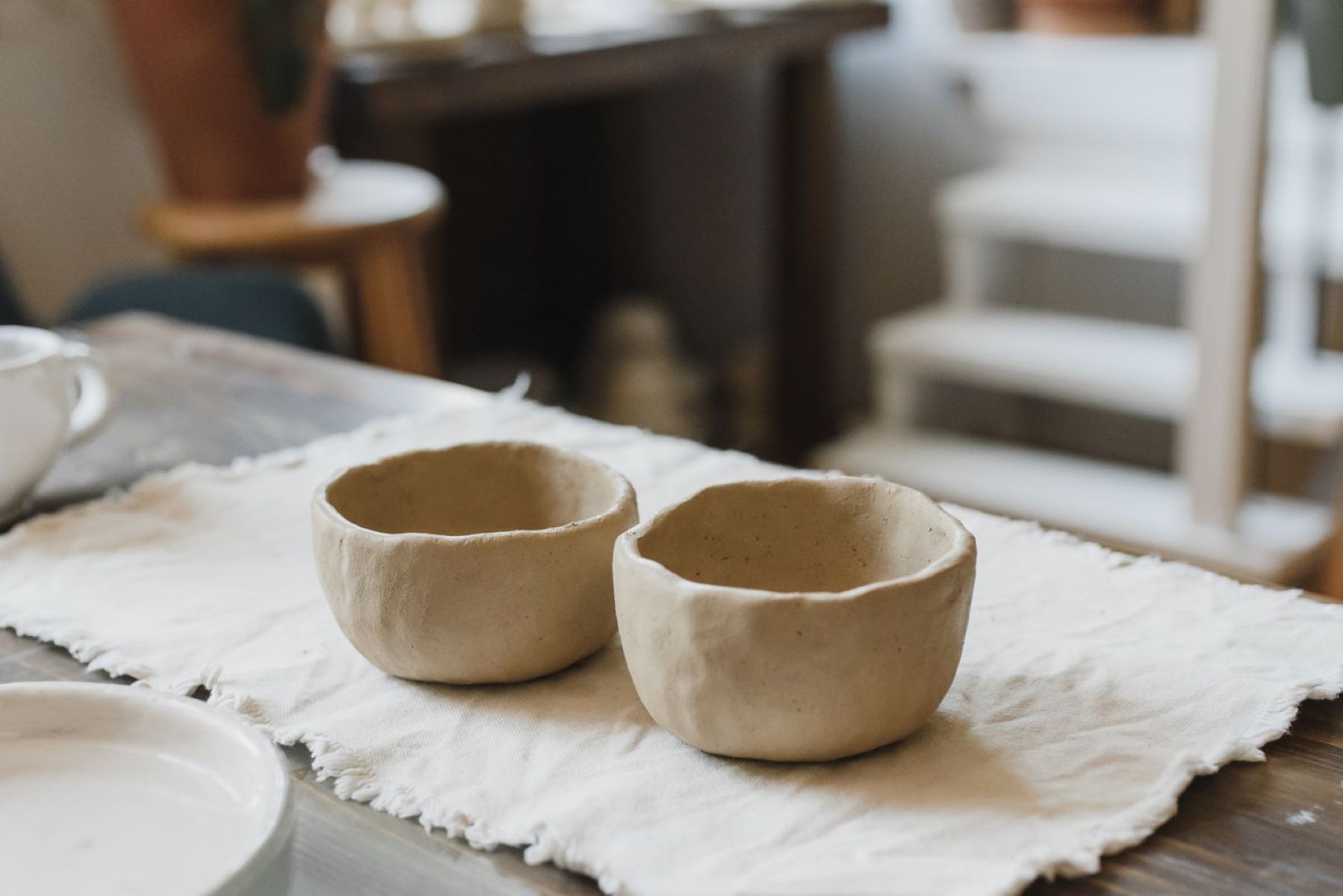
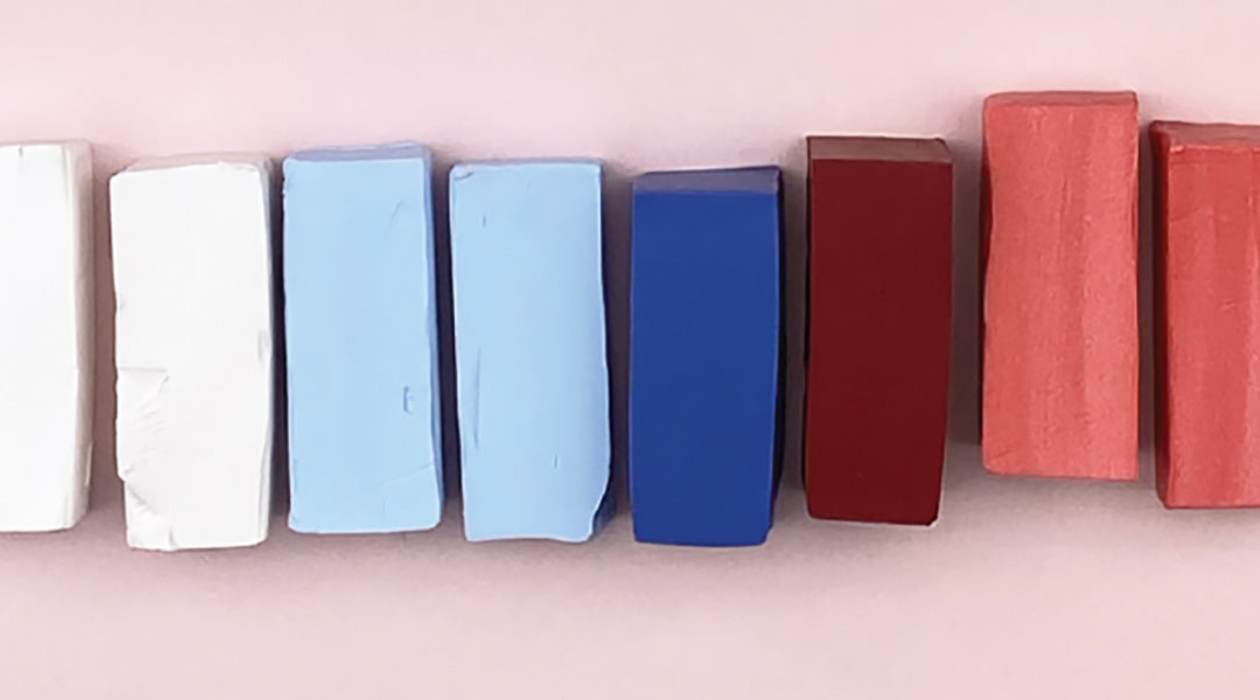
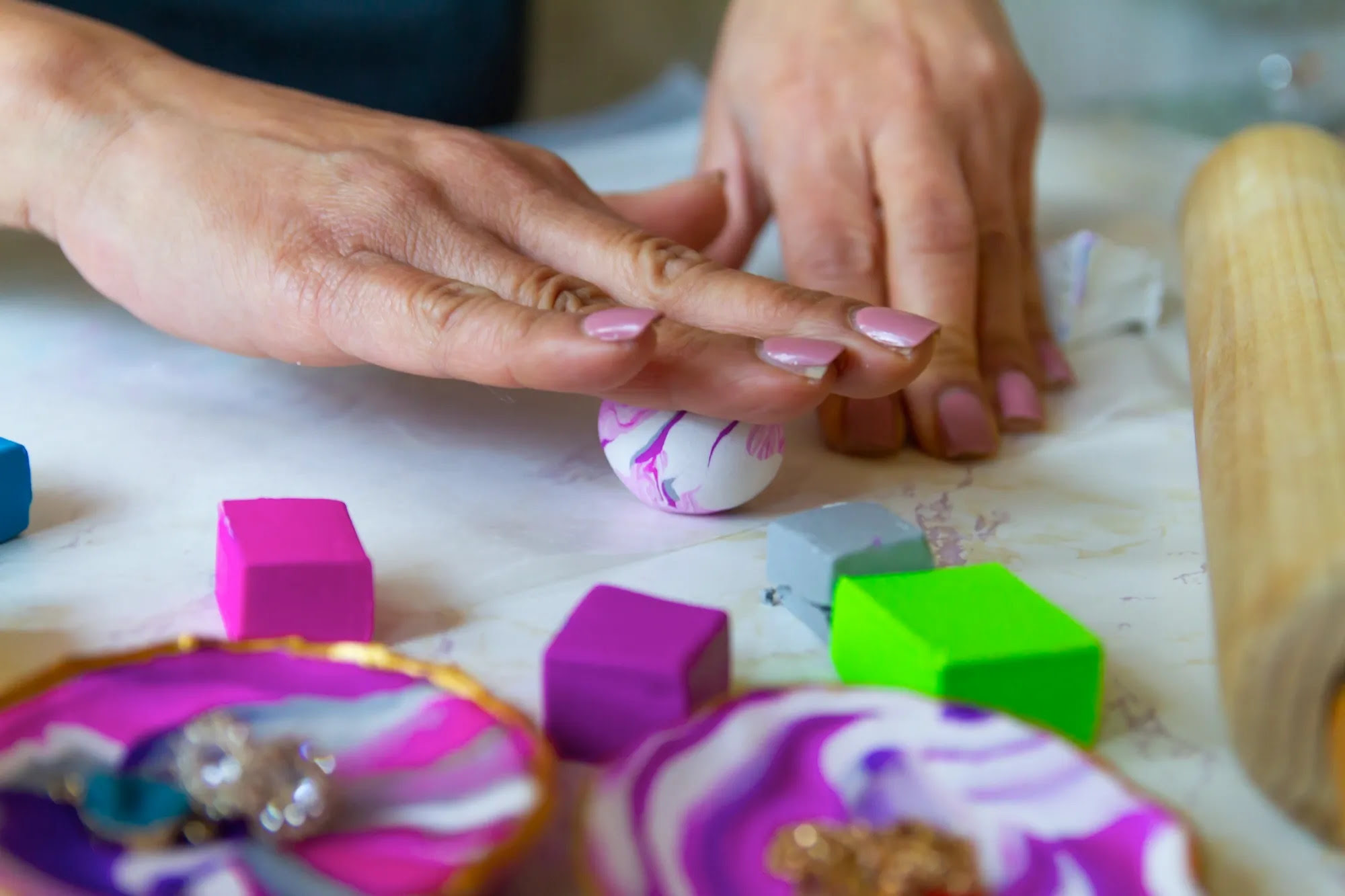
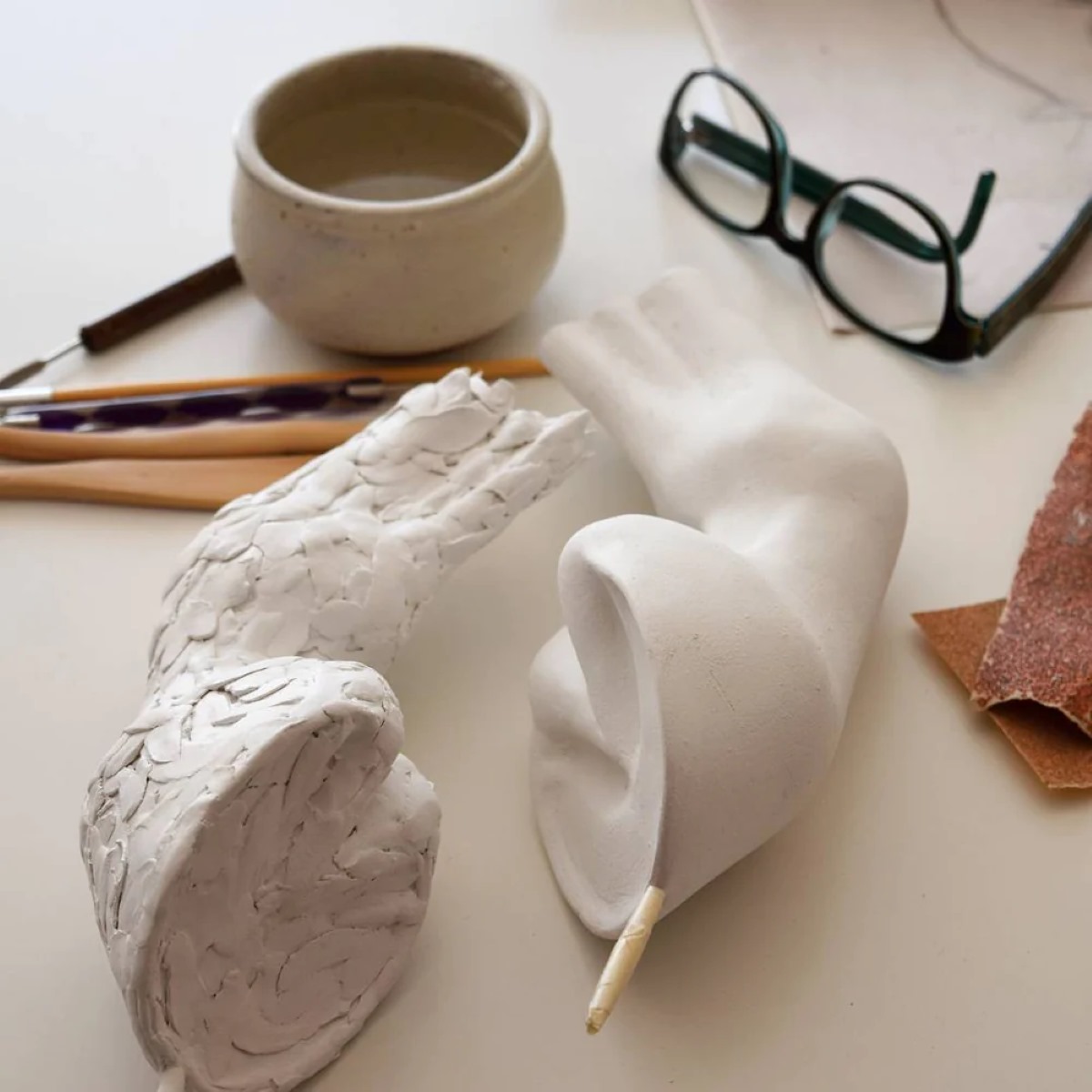
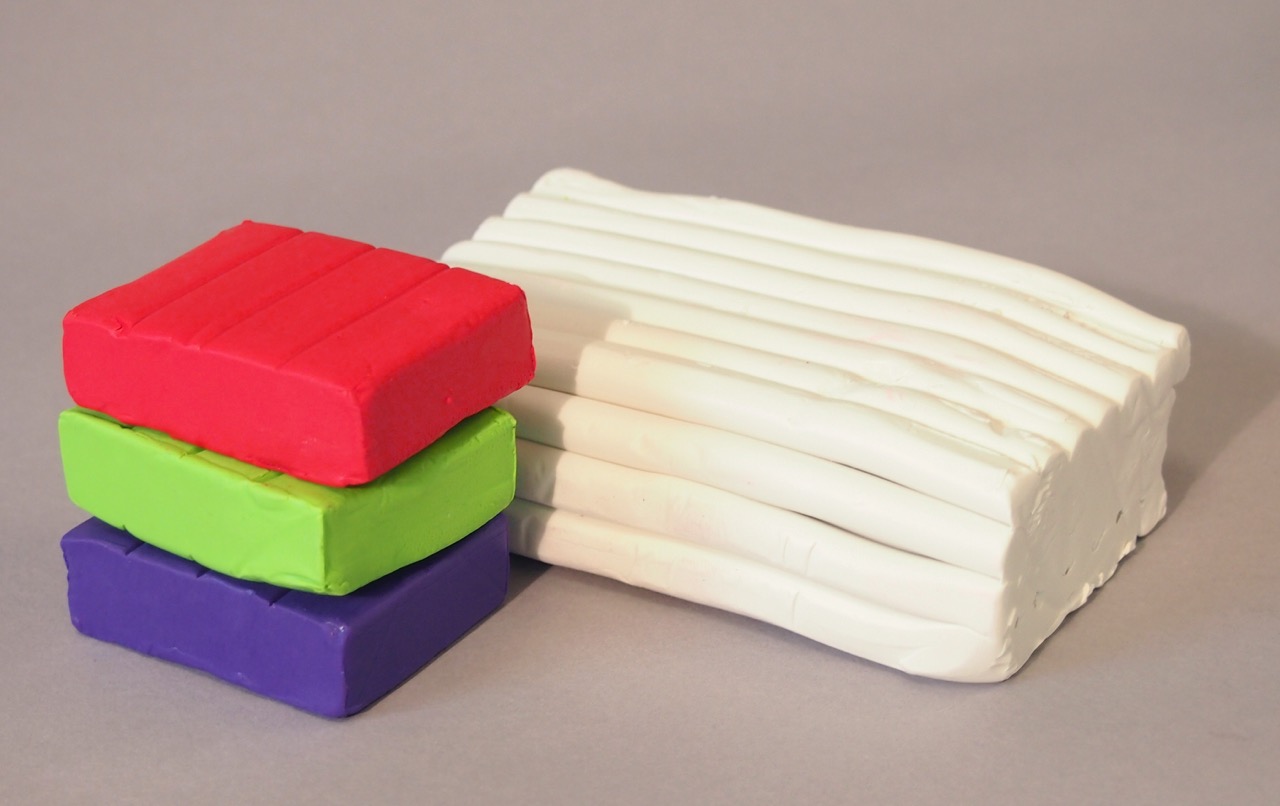
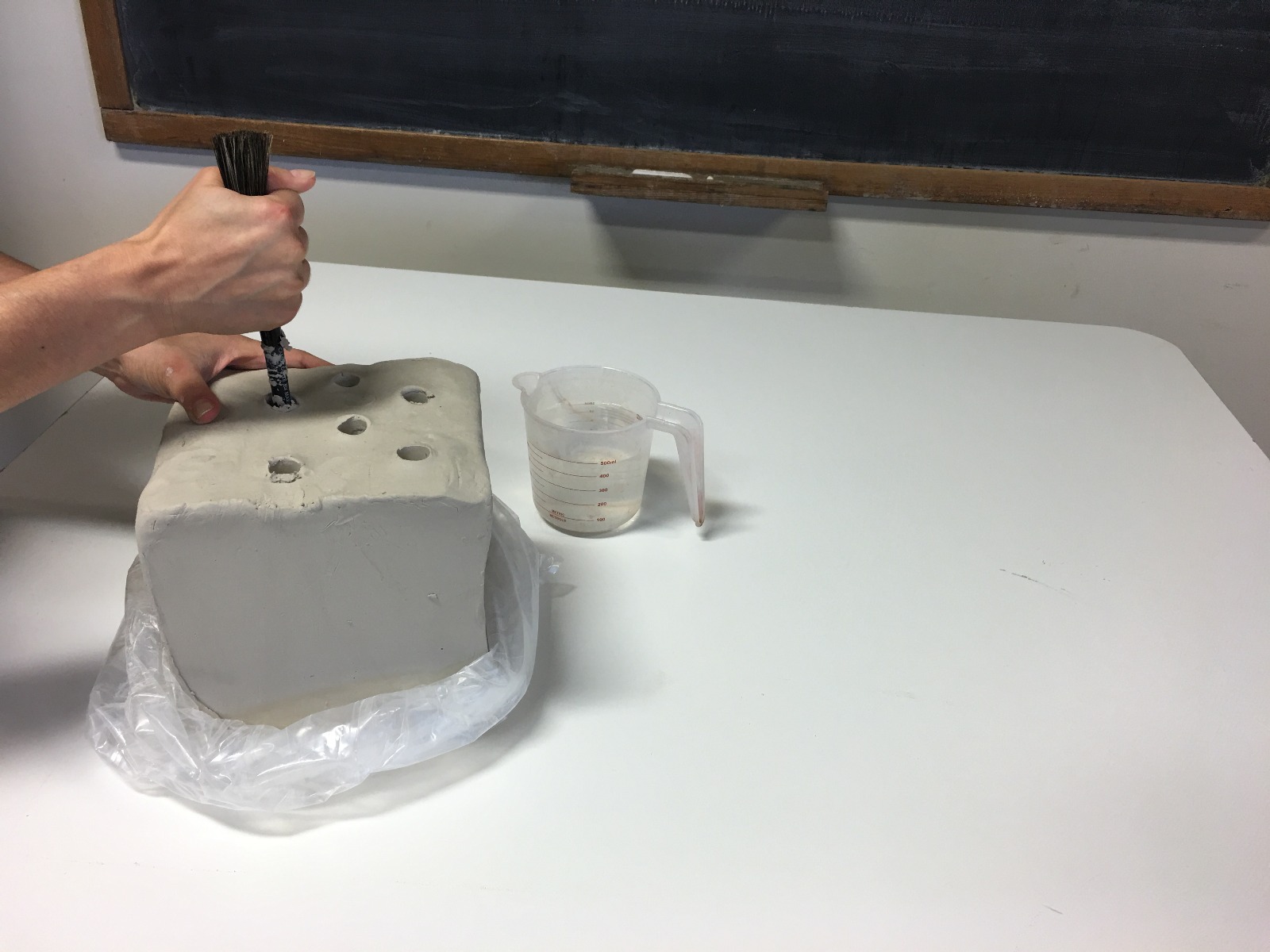
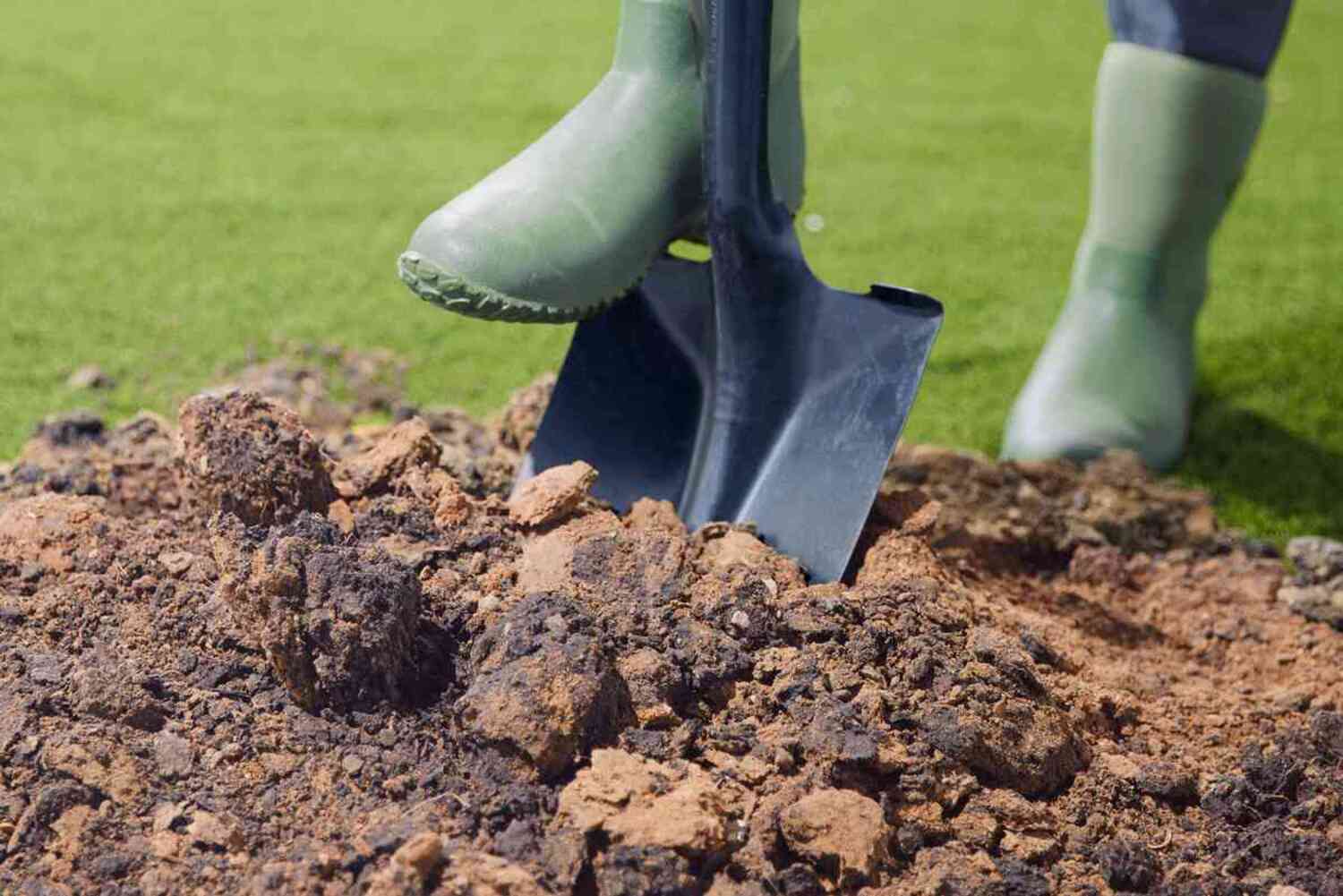
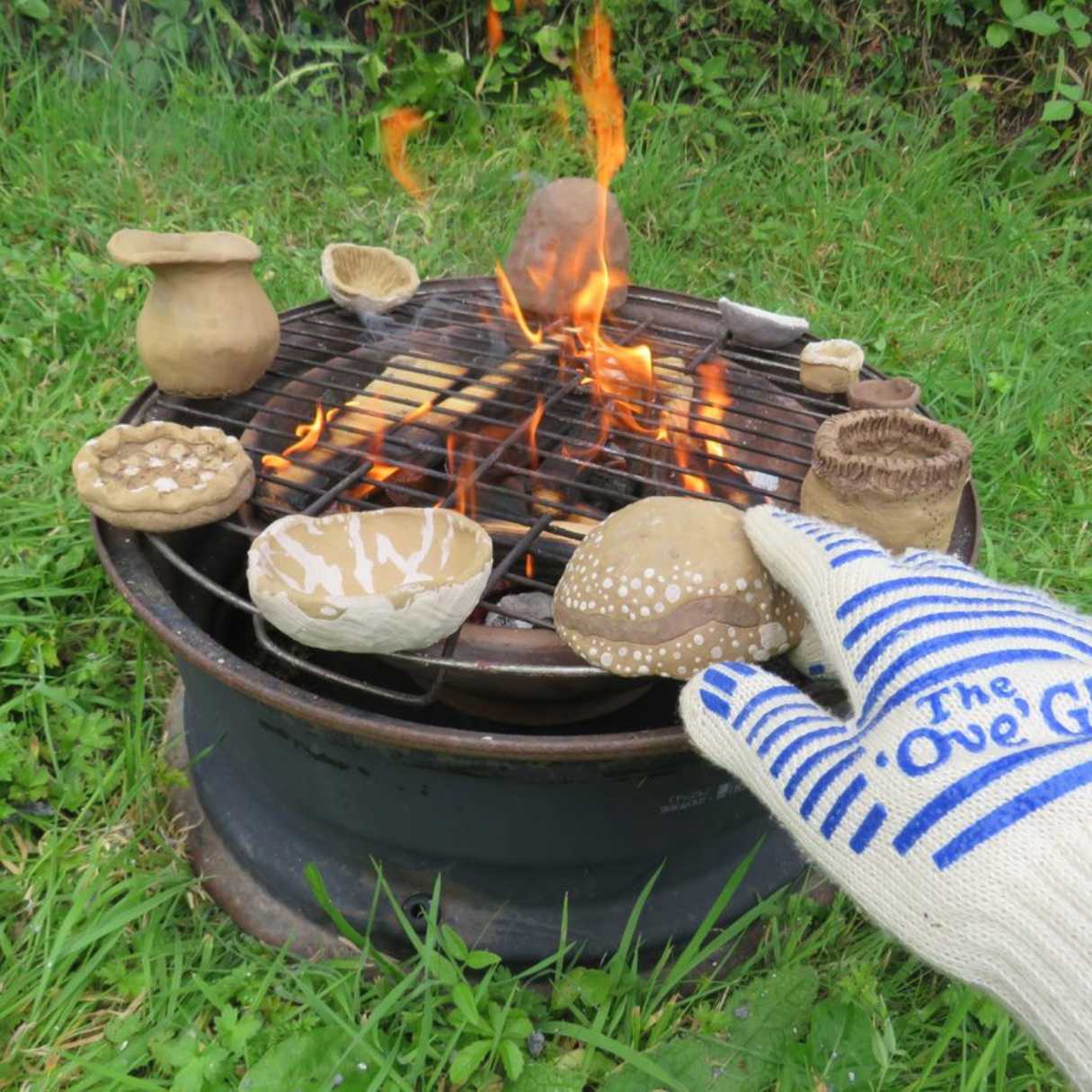
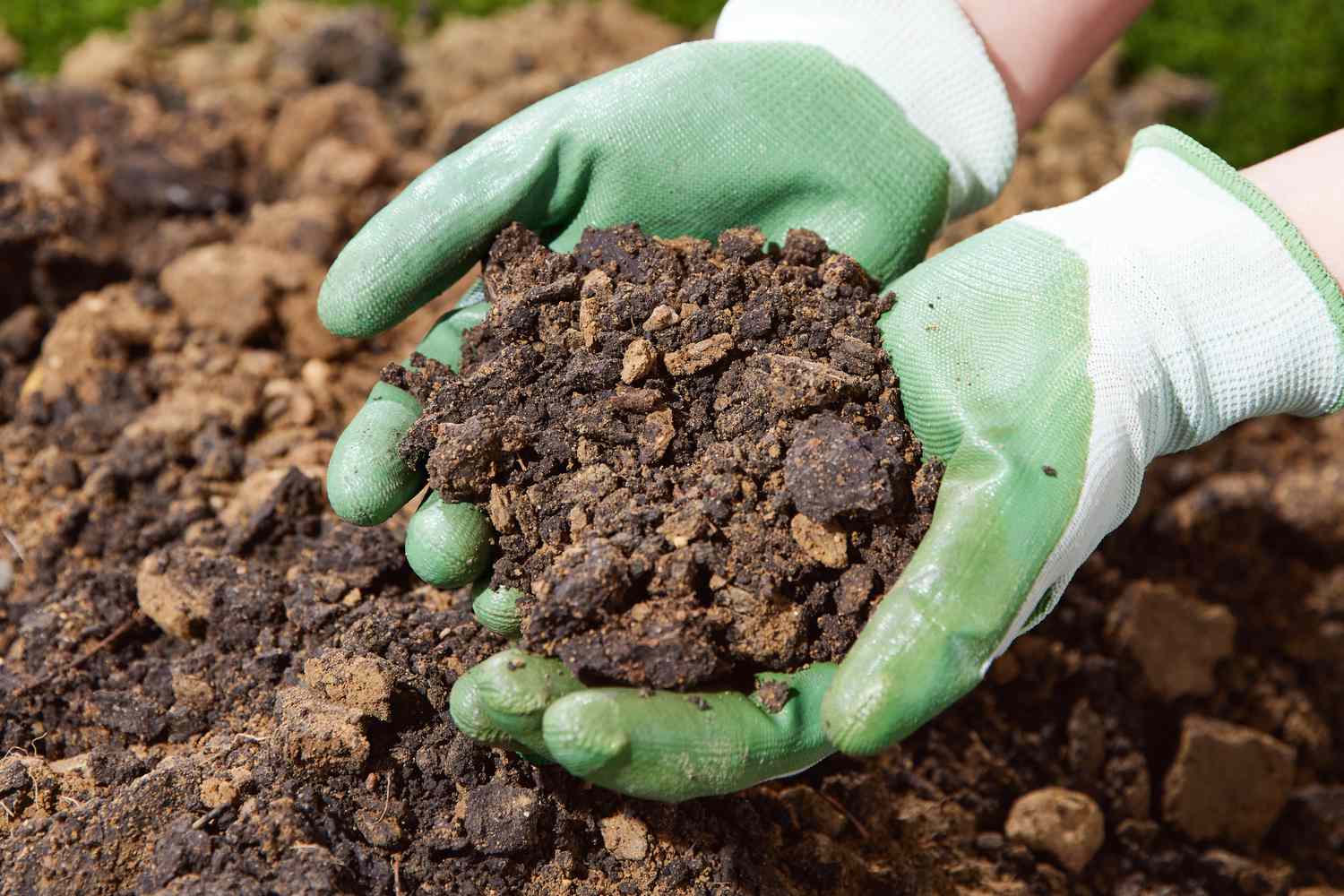
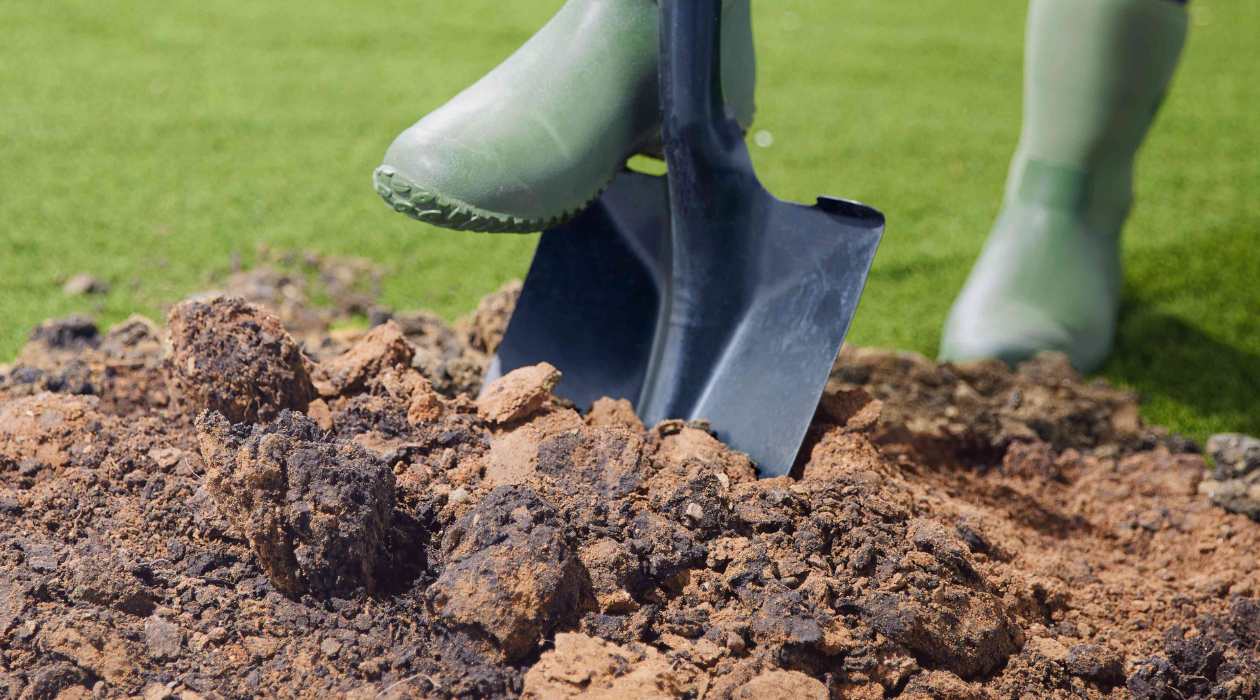
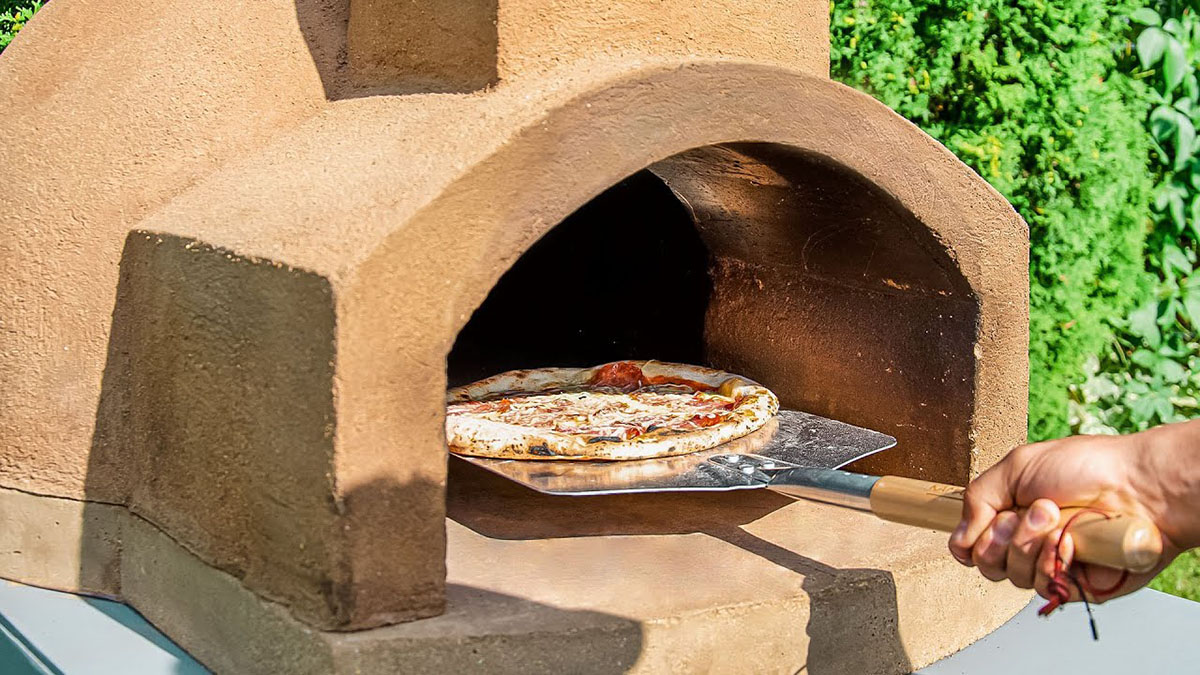
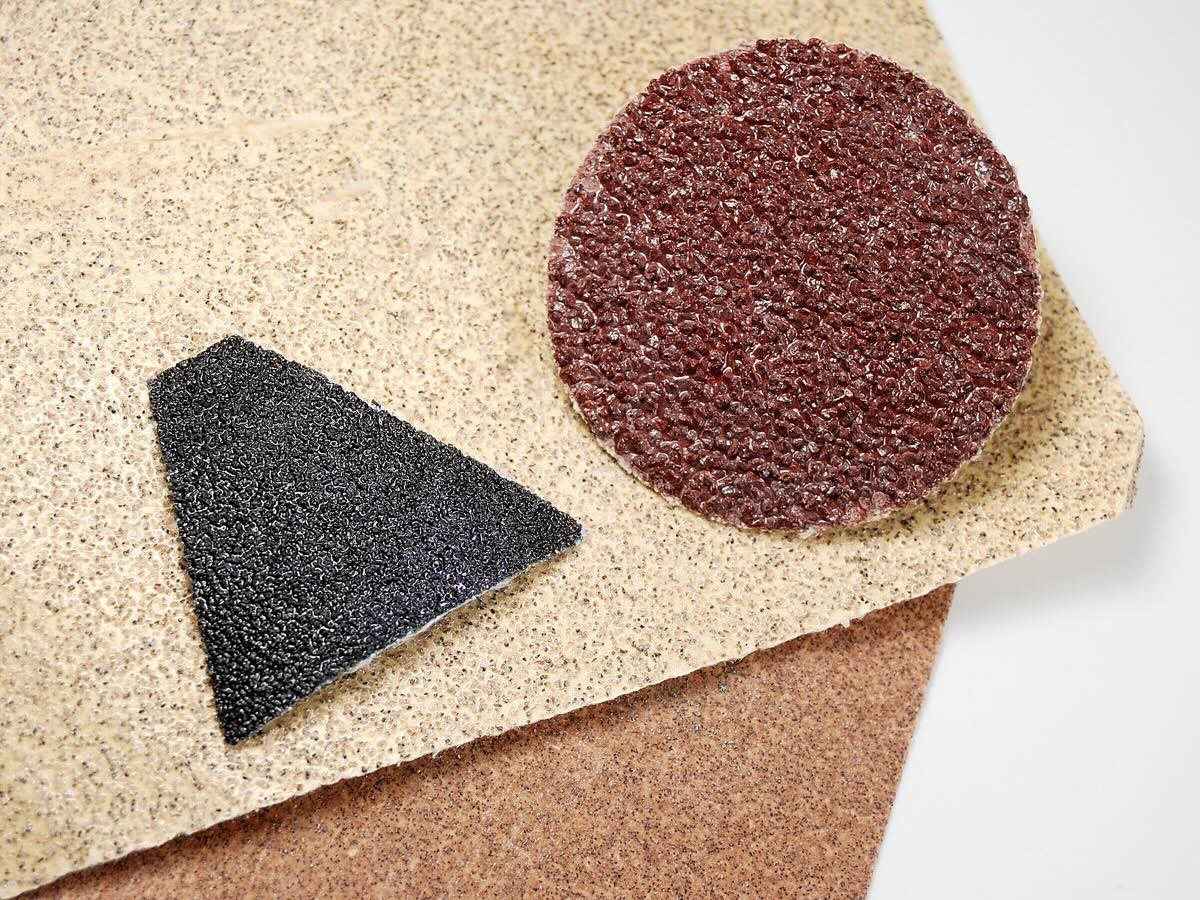
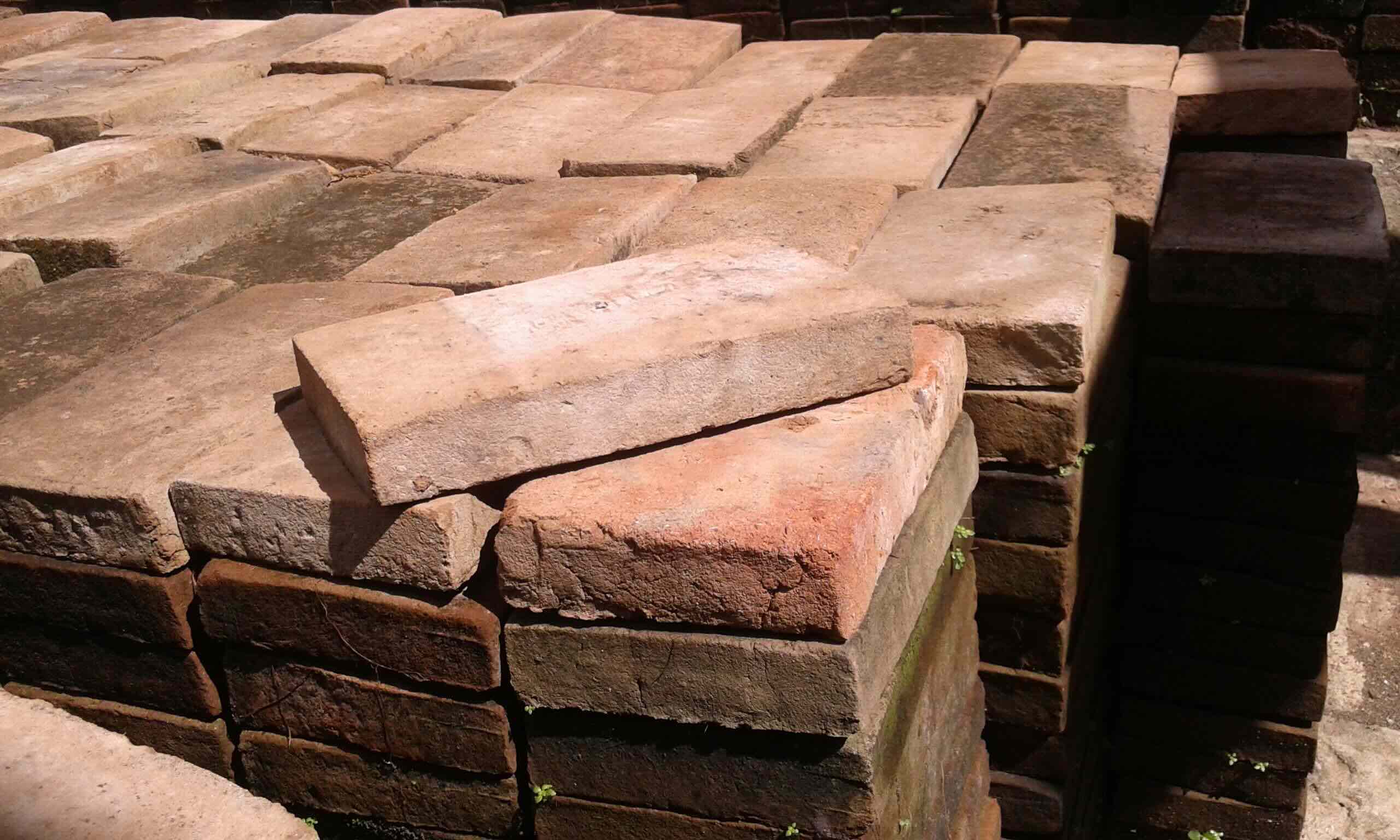
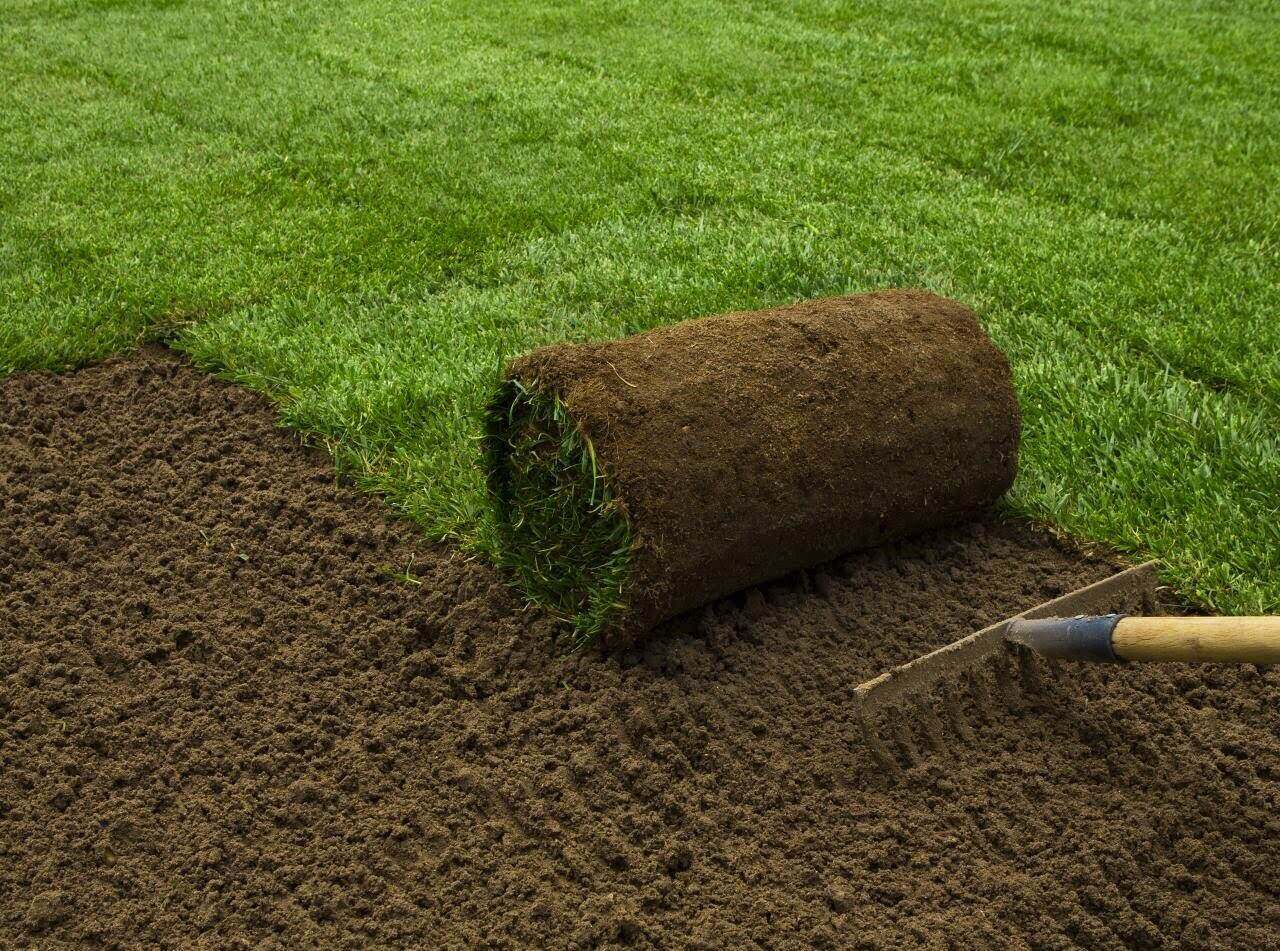

0 thoughts on “How To Store Sculpey Clay”